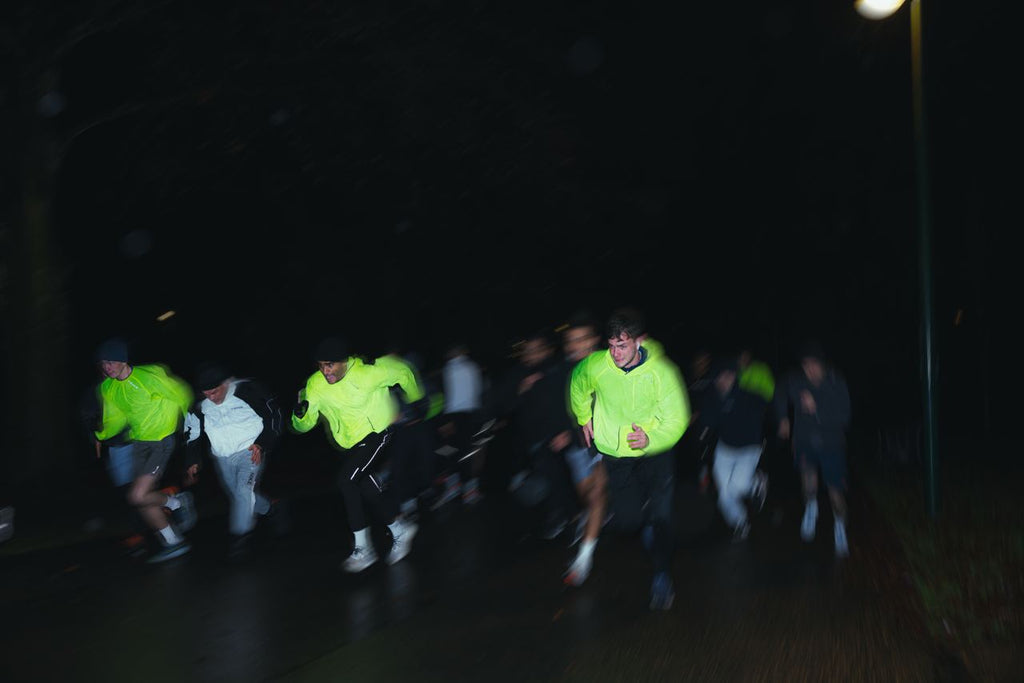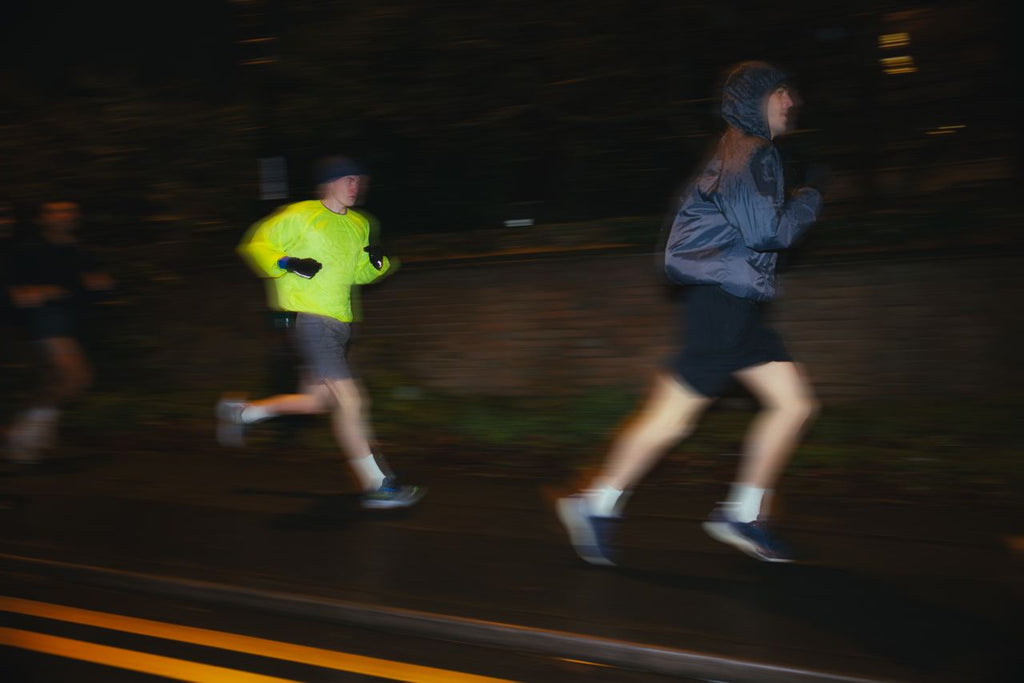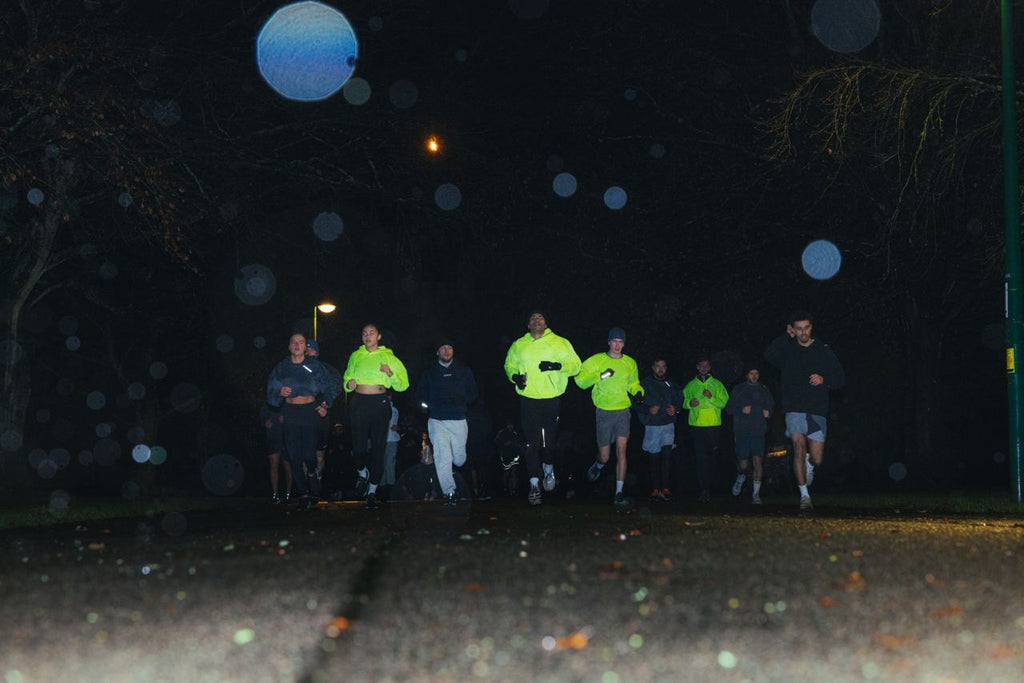Why Boxers Run
“The fight is won or lost far away from witnesses - behind the lines, in the gym, and out there on the road, long before I dance under those lights,” Muhammad Ali
Boxers have always ran. A quick look back through boxing history shows champions of the past out on the roads, clocking up the miles.
From Jack Dempsey to Muhammad Ali, Mike Tyson to Canelo Alvarez, roadwork has consistently been a crucial aspect of any top fighter’s training.
But why do boxers run? BOXRAW outline the key reasons fighters hit the roads regularly.
Leg Conditioning

Legendary heavyweight champion Joe Frazier once stated that running is the most important training a boxer can do, a way of building their foundation to last the 12-round distance (or 15 rounds previously).
A fighter can possess the greatest footwork or fastest hand speed in the world but if their legs aren’t conditioned to go beyond the early rounds of a fight, it counts for nothing.
Boxers will often run at least three miles on their roadwork and do this three to five times a week, in line with their gym work and sparring. Different levels of fighters will do more or less and mix up their routine based on personal requirements.
For example, an amateur boxer competing in three three-minute rounds will have contrasting running needs to a professional who’s preparing for a 12-round title fight. Consistency is key but it’s important to be aware of exactly what distance and frequency is required individually.
Fight Familiarity

Gym work and roadwork go hand-in-hand. If you cheat in the gym, you feel it on the roads. If you avoid your roadwork, it affects you in the gym.
Building your heart rate up steadily during roadwork and being able to push yourself across different levels of incline along the way will have a major impact when it comes to stepping into the ring.
Adding in weekly sprints and changing the speed in which you run are great ways of getting your body ready to go the rounds needed once stepping through the ring ropes.
The varying levels of intensity will mirror a fight scenario, with the heart and body becoming more accustomed to what will take place in a bout; periods of focused movement mixed with bursts of high volume punching.
Endurance

On top of usual gym work, running helps to build a boxer’s engine and improve stamina to get into fighting shape.
At a time when many new types of training are becoming widely available and some fighters are adapting unconventional methods of preparations, running is as old-school and beneficial as it gets.
There’s no substitute for frequent roadwork. Even the most talented fighters can be outclassed and outworked if they run out of steam when the going gets tough and they’ve not clocked up the sufficient mileage in camp.
Lung Capacity

Fighters know the feeling of exhaustion; when there’s nothing left in the tank but you have to dig deep to find that extra ounce of strength to keep going.
It’s out on the roads where this reserved energy is gained, being able to refill your lungs and go one more round when needed.
Constant running alongside regular gym work helps build up a boxer’s lung capacity and potentially provide that extra one per cent when it’s needed most in a tough fight.
Mental Preparation

As well as the obvious physical incentives that come from road running, there are many mental benefits for a boxer in the lead up to a fight.
Running has been proven to help reduce stress levels and anxiety. For a boxer that has the weight of expectations and typical nervous energy in the build-up to a fight, roadwork is, therefore, a huge positive for them.
Regular runs also promote a better sleeping pattern, which is crucial for fighters who require good periods of rest for much-needed recovery.
The isolation and focus that comes during roadwork also give a fighter time and space to visualise the obstacle ahead; mentally preparing for an opponent, running through a game plan or simply self-motivating.
Weight Management

While roadwork is a key part of helping to prepare for an actual fight, it’s also beneficial for making weight beforehand.
For non-heavyweight boxers, having to make their specific weight class limit is a burden that comes with the territory. But it can be made a lot easier and less stressful on the body through regular running.
The addition of a Hagler Sauna Suit 2.0 to regular roadwork is another overall advantage that will increase body temperature and help to avoid the aches, pains and potential injuries that come from constant training strains.
